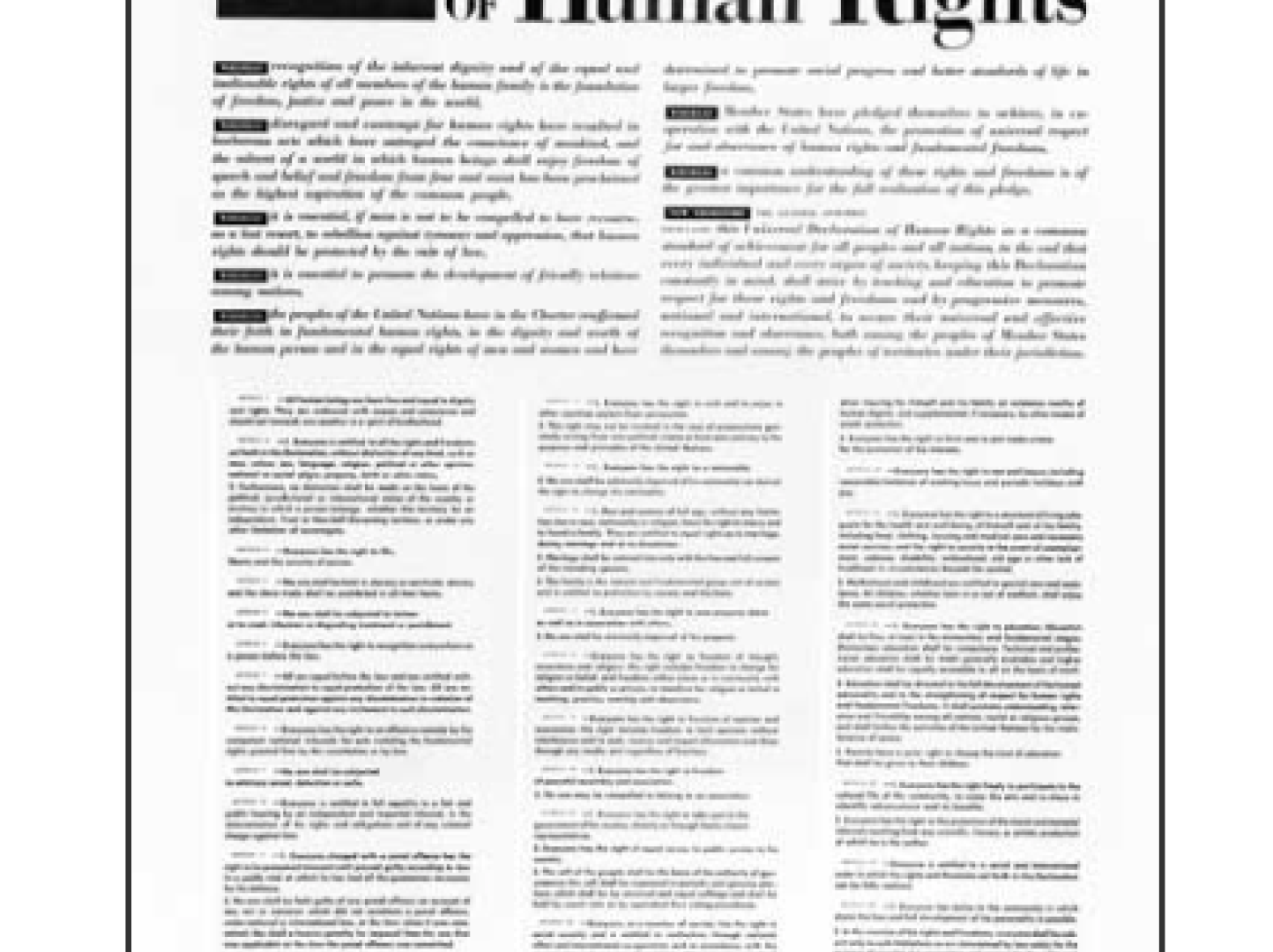Myanmar: Flood Situation Report #3, 27 September 2024
Highlights
- As of 26 September, an estimated 1 million people across 70 out of the 330 townships in Myanmar are reportedly affected by the flooding from heavy monsoon rains and remnants of Typhoon Yagi. This widespread flooding has caused significant damage in the Northwest, Southeast, and Rakhine State.
- More than 360 people have reportedly drowned, with at least 100 more missing due to the severe flooding.
- The floods have caused widespread devastation, submerging thousands of crops, farmlands, and livestock, leading to substantial losses in the livelihoods of affected communities.
- Eighteen days since the onset of the flooding on 9 September, the humanitarian response is rapidly moving forward. Emergency assistance, including food, drinking water, shelter, and WASH support, has been delivered to some of the affected populations, with more aid efforts underway.
- Significant gaps however remain, and growing needs continue to strain the limited available resources, highlighting the urgency for sustained relief efforts, including early recovery and livelihoods assistance. Aid agencies still require more supplies, additional funds and expanded access to distribute assistance on a larger scale.
- The Myanmar Humanitarian Fund (MHF) continues to capitalize on the various flexible response measures, including the activation of contingency budgets, to quickly support to partners best placed to deliver lifesaving aid in communities hardest hit by the recent floods.
- Donors have committed more than US$3 million additional contributions to the MHF. This will complement the recently announced Central Emergency Response Fund allocation of up to $4 million.
- Additional funding and unrestricted access to affected areas are crucial for humanitarian organisations to respond effectively to the needs of flood impacted communities and the those have been displaced across the country due to the conflict.
Situation Overview
Eighteen days since the severe flash flooding and landslides hit many parts of Myanmar, the humanitarian response is rapidly moving forward. Humanitarian agencies, however, still urgently require additional supplies, funding, and expanded access to distribute assistance on a larger scale. Needs remain high among the flood-affected populations, many of whom had been displaced by the conflict and have had to also deal with the consequences of recurring floods. Even after surviving the disaster, the affected people remain at risk of waterborne diseases and now face the challenge of rebuilding their livelihoods, which have been lost by the floods. The destruction of homes, assets, farmlands, and income-generating activities has left many without the means to recover, further intensifying the need for both immediate humanitarian and early recovery assistance. Essential support is critical to help the affected populations rebuild their livelihoods and address the pressing challenges of recovery, loss of income, and health risks. Without timely assistance in agricultural inputs, shelter, food, and health services, recovery will be slow, and vulnerable communities will continue to face prolonged hardships. Coordinated efforts are necessary to ensure that aid reaches those most in need during this critical phase.
With the extent of the impact still unfolding, latest reports on the ground show a significant rise in the number of people affected by flooding. As of 26 September, flooding caused by torrential monsoon rains, including remnants from Typhoon Yagi, has impacted an estimated 1 million people across 70 of the country’s 330 townships in Bago, Kayah, Kayin, Magway, Mandalay, Mon, Nay Pyi Taw, Rakhine, Sagaing, eastern and southern Shan, and Tanintharyi regions/states. This means that well over half of the country’s 14 states and regions and Nay Pyi Taw have been affected. The hardest hit areas include Mandalay, eastern Bago, Kayin, Mon, southern Shan and to a lesser extent Nay Pyi Taw. Communities and volunteers are working on cleanup efforts where floodwaters have receded, but persistent rains and riverine conditions in the country continue to threaten some areas with recurrent flooding and potential river overflows.
- In the Northwest, floodwaters have largely receded, allowing communities to begin cleaning up and preparing to return home. Most affected people are from rural areas, primarily reliant on farming for their livelihoods. The floods have destroyed farms and submerged agricultural tools and materials. Farmers face challenges in resuming their livelihood activities without support for agricultural inputs. Potential health risks are rising due to limited access to clean water, and immediate emergency needs include drinking water, food, basic medicine, household kits, clothes, and shelter. More than 200 people are reportedly missing or drowned in Mandalay Region, mostly in Yamethin Township.
- In the Southeast, although the flooding has receded in many areas, flood warnings remain for areas near rivers in Bago and Taungoo townships, eastern Bago. Some areas in Kayah and southern Shan faced recurrent flooding at the time of reporting. Severe damage has occurred to livestock, farmland, and properties, including paddy barns. Nearly 48,500 acres of crops were reportedly submerged in southern and eastern Shan, an estimated 5,000 acres were damaged in Kayah State, and more than 2,600 livestock were lost across eastern Bago, Kayin, and Mon. More than 160 people allegedly drowned, and more than 100 missing, with actual figures potentially higher due to reporting and telecommunication challenges.
- In Rakhine State, more than 42,000 people in Minbya, Mrauk-U and Toungup townships are estimated to be affected by flooding. Floodwaters are beginning to recede across these areas, but due to access and telecommunication challenges, detailed information about the extent of the damage remains difficult to obtain.





